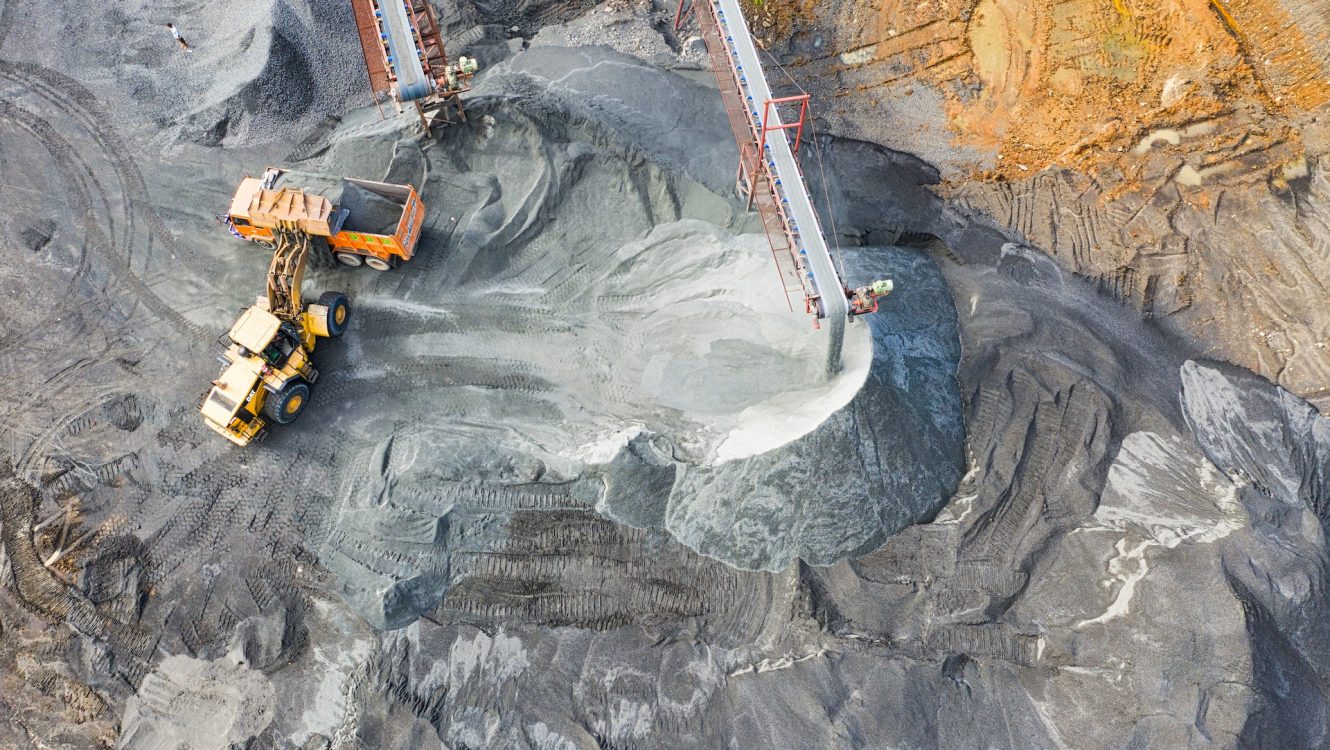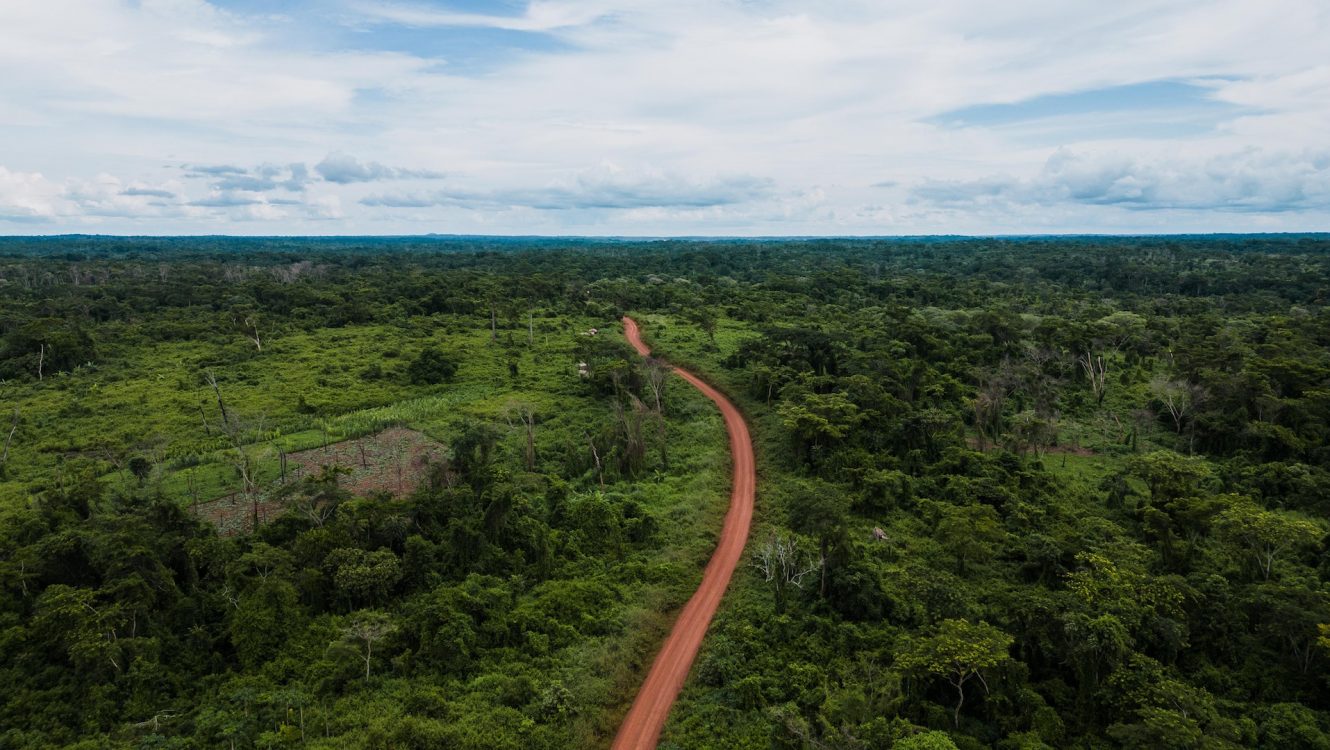The Rising Tide Against Private Jets: Europe’s Push for a Greener Sky
In an era marked by pressing climate concerns and growing awareness, the realm of luxury travel finds itself under increasing scrutiny. An open letter, signed by over 75 organizations from Europe, highlights an alarming trend: private jet sales are soaring at a time when many are grappling with a rising cost of living. The calls for change are mounting, and the statistics are telling.
Europe’s Affair with Private Jets
Ember, a reputable energy think tank, sheds light on Europe’s deepening relationship with private jets: a private aircraft took off from European soil every six minutes in 2022. A significant portion of these flights were ‘very short haul’, with distances less than 500 km – feasible distances for train journeys.
In fact, certain routes in the UK, frequented by private jets, take less than half an hour to cycle. These stark figures underline an extravagant mode of transport that, while convenient for a select few, poses profound environmental ramifications.
The UK: Private Jet Capital of Europe
An analysis by Greenpeace reveals a startling trend: the UK saw a private jet departure every six minutes in 2022. Cumulatively, this amounted to 90,256 jets departing from the nation, marking a staggering 75% increase from the previous year. Such figures place the UK squarely in the crosshairs of environmental advocates. France and Germany follow closely, with 84,885 and 58,424 departures respectively.
When analyzing the carbon footprint, the UK once again leads the pack, emitting a whopping 501,077 tonnes of CO2 from private jet operations alone in 2022. France and Italy, two other major players in the private aviation sector, emitted 383,061 and 266,082 tonnes respectively.
The Popular Routes: A Closer Look
Surprisingly, some of the most trafficked routes for private jets connect major European cities with robust train networks. The London-Paris route tops the list, witnessing 3,357 private jet journeys in 2022, despite the two capitals being seamlessly connected by the Eurostar. This trend underscores the preference for luxury and convenience, even in the face of greener alternatives.
Other popular routes include London-Nice and Geneva-Paris. The Farnborough-London route, a mere 49km journey, saw a baffling 1,343 flights, marking it as one of the most carbon-intensive routes in Europe.

Every flight causes serious environmental damage
A Plea for Change
Private jet travel is not just a statement of luxury; it represents an environmental dilemma. According to NGO Transport and Environment, private jets are between five to 14 times more polluting per passenger than commercial flights and a staggering 50 times more than trains. This makes them the leading polluter in transportation on a per-passenger-kilometre basis.
Given this context, the outcry from environmental advocates and organizations is unsurprising. Klara Maria Schenk, a transport campaigner for Greenpeace’s Mobility for All campaign, pointedly remarked, “The alarming growth of private jet flights is entirely at odds with all the climate science… Reducing oil-powered transport immediately is a no-brainer, starting with a ban on ultra-polluting private jets.”
Conclusion
As Europe continues to champion the cause of sustainability and seeks ways to mitigate climate change, private jet travel emerges as a luxury the environment can ill afford. The statistics, trends, and undeniable environmental impact of such a mode of travel spotlight a pressing issue: the need to rethink luxury in the age of sustainability. It remains to be seen how governments, industries, and consumers will navigate this challenge in the quest for a greener future.
©globalgreenhouse.eu






















